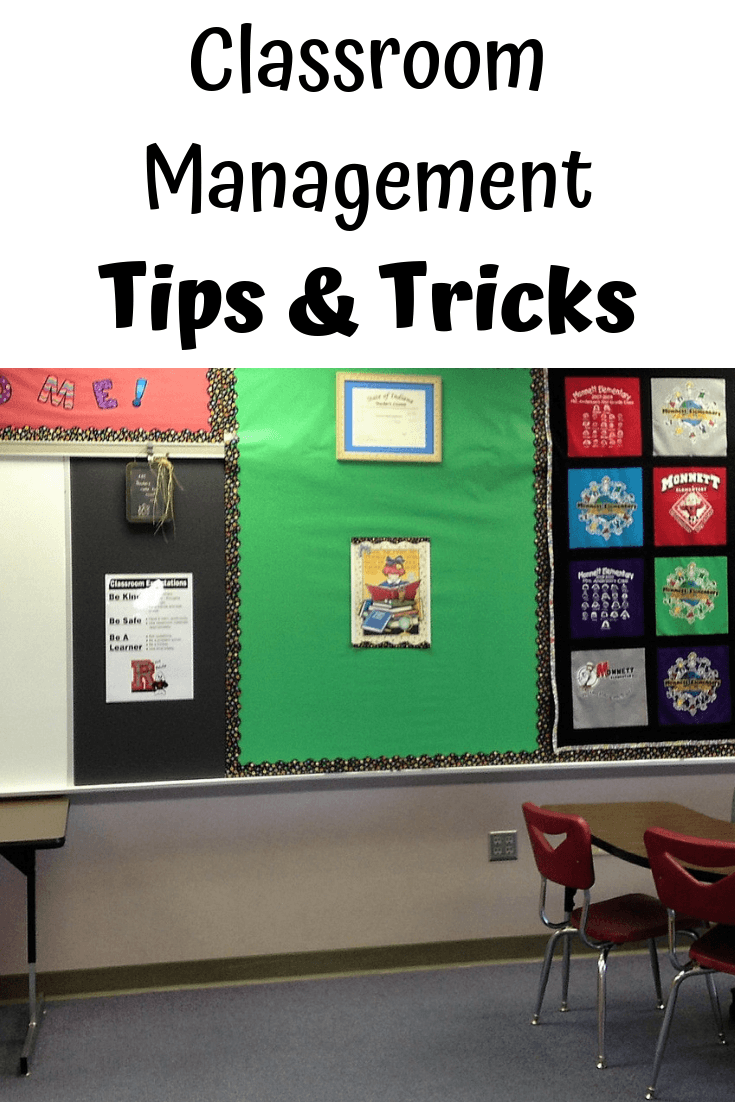Rules for Classroom Management in an Elementary School Class
This post may contain affiliate links, which means I’ll receive a commission if you purchase through my links, at no extra cost to you. Please read full disclosure for more information.
Classroom management is a buzzword we always hear as teachers. When it comes to managing your class, rules and expectations are two of the most important parts. Because this is the case, I have three consistent rules of classroom management.

My Three Rules are Stay Safe, Stay Kind, and Follow Directions.
These three rules cover anything and everything. If a student is throwing something across the classroom, they are not being safe. If a student calls another student a name, they are not being kind. If a student does something after you told them not to, they are not following directions. Now, the following directions rule is very vague. It can include anything from raising your hand or getting up out of your seat. You set the expectation of what it means while teaching your procedures at the beginning of the year and throughout the year.
Why I Love these Classroom Rules
I love these rules because they are so simple to follow. The students are aware of the rules and know when they are not following them. Since there are only three, the students are able to remember them. If I ask my students what their classroom rules are, they know them. Parents know them as well.
At the beginning of the year, I tell my students these rules. If they break one of them, I respond with “You are not being safe,” or “You are not being kind,” or “You are not following directions.” When I tell them this, they know what it means. In my case, they receive a negative dojo point. If you are unfamiliar with this, go to classdojo.com. It’s great!
Opinion alert!
One of my biggest pet peeves is when teachers make a rule “to keep the teacher happy.” For me, it isn’t a student’s job to make me happy. I don’t want a student to feel that if they break a rule, they are making me unhappy. Everyone makes mistakes. I might be disappointed with the poor choice, but definitely not unhappy. The kids are in school to learn, not to please me.
It is important for your students to know that when they make poor choices, it is not being they are a bad kid. They are receiving a consequence for the action that they make. It does not affect how much I care about them.
In Conclusion
Stay safe, stay kind, and follow directions!
If you are in need of help with rules for classroom management, I highly recommend the blog smartclassroommanagement. It really gives you some great ideas to transform your classroom. Check out his books as well, it will change your whole way of thinking!
Interested in math classroom rules? Here’s a link to my classroom rules anchor chart, the 10 “Rules of Math.”

